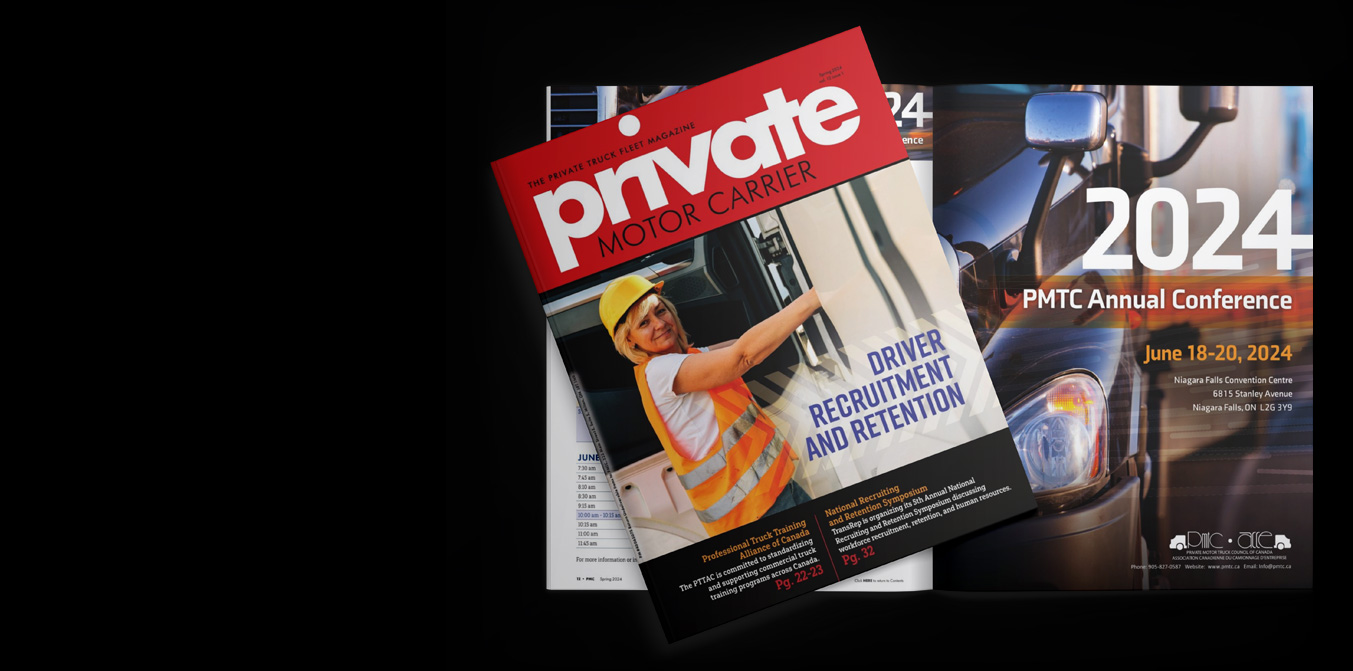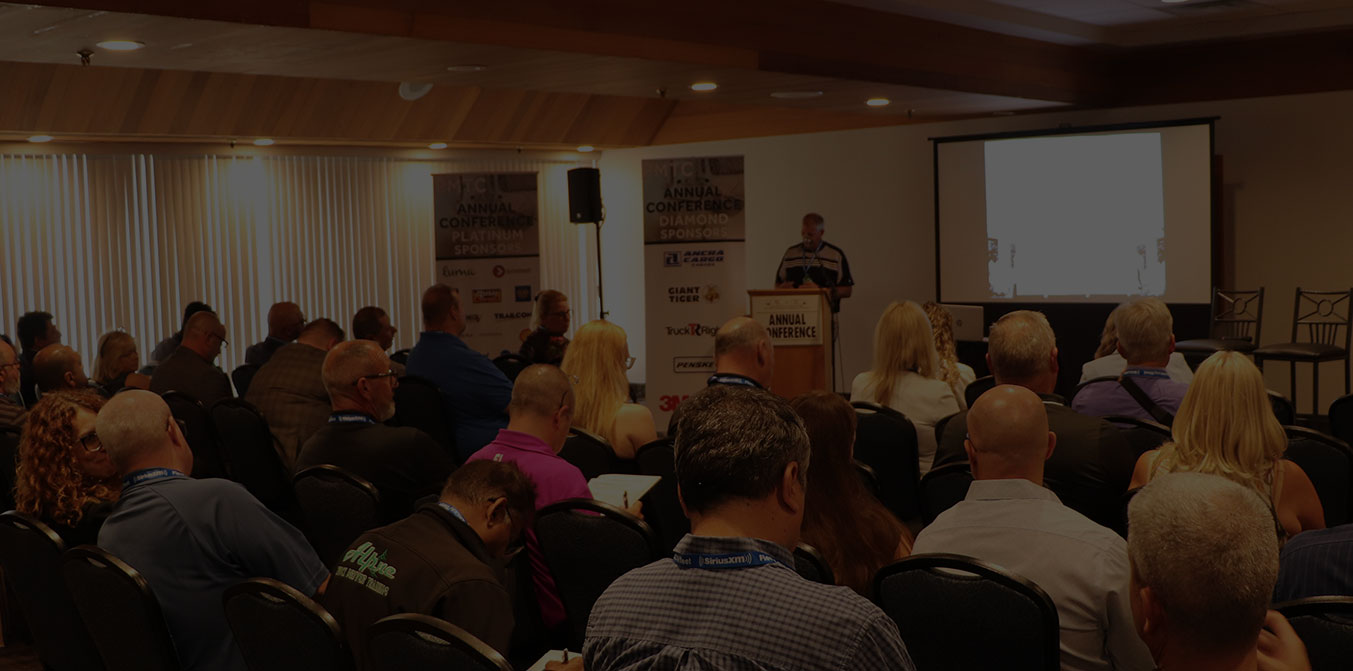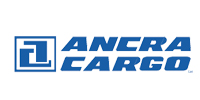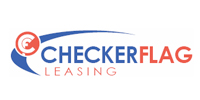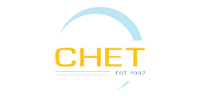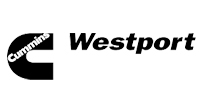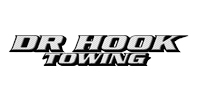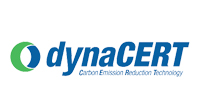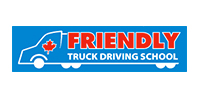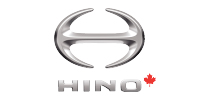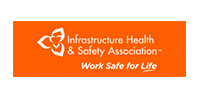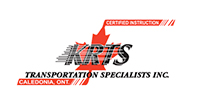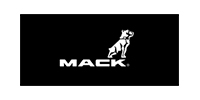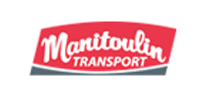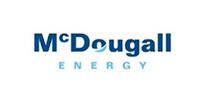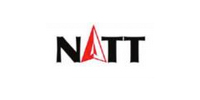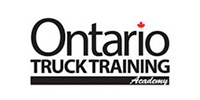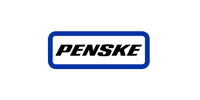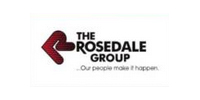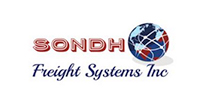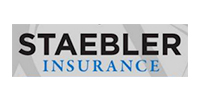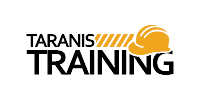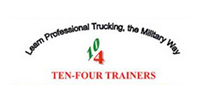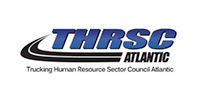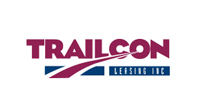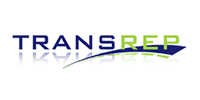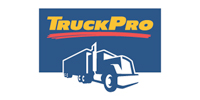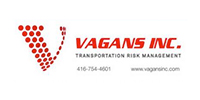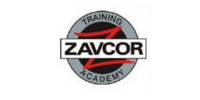Shed weight, improve performance, and reduce downtime through informed wheel end choices
There are always benefits to be found close to where the rubber meets the road. Choose the parts of a wheel end carefully and it is possible to shed weight, shorten stopping distances, enhance performance and reduce maintenance costs.
But the biggest benefits can only be realized if fleets consider all their options.
Take the tires which are the finishing touch for any wheel end. A buyer who is responsible for tire costs might be swayed by a lower purchase price or the promise of enhanced tread wear. They might not weigh the promise of bigger fuel savings – even though a tire’s contribution to fuel economy may be five times higher than its initial purchase price, says Brian Buckham, general manager – product marketing at Goodyear Commercial Tire Systems. “Everybody owns a piece of the fuel game.”
Wheels
Wheel choices can help fleets reduce maintenance costs, improve tire life, and enhance fuel economy, says Rafael Gonzalez, director – product management for Accuride’s wheel products. Of course, some applications will demand specific features. Vocational fleets, for example, need wheels with higher load ratings and added protection at the flange to absorb the abuse of an on/off-road environment, he says.
It isn’t the only place where wheels are abused. De-icing compounds such as calcium chlorides keep road surfaces clear but are also a corrosive force on steel wheels. Advanced epoxy coatings can offer an important layer of protection, and are clearly more effective than an uneven paint job. Paint that is thicker than 3.5 thousandths of an inch can actually be crushed during mounting procedures, ultimately causing the gaps which allow fasteners to loosen.
Aluminum wheels offer answers of their own. While they tend to cost about four times more than steel wheels, there are plenty of additional benefits to be enjoyed, Gonzales says. Returns on the investment will be realized through lighter weights which translate into fuel savings, cooler operating temperatures that extend tire life, and in the case of a weight-sensitive fleet even allow for extra cargo. On top of that, the enhanced look is attractive to drivers and resale buyers alike, he says.
Drums and hubs
Look deeper into the wheel end and weight savings can also be realized when choosing brake drums and hubs. Gunite, for example, has three part numbers shedding close to 100 pounds per wheel end, says Jeff Clark, director-product management for Accuride’s wheel end products. Enhancements are not limited to weight, either. Precisely machined products will last longer and generate fewer vibrations, says Mark Wagner, vice-president and general manager of ConMet’s wheel end division. “In general brake drum dimensions are very similar ... the difference come in the quality.”
Accuride’s Clark cautions against choosing “equivalent” replacement products for that very reason, since some options can fall several thousand pounds short of original Gross Axle Weight Ratings (GAWR). “Are you getting the same performance and design criteria?” he asks. “Are you really spec’ing the right drum for your application?”
The differences are not limited to weight ratings. Don’t assume that replacement products meet requirements for shorter stopping distances. “Make sure you’re replacing with what was equivalent,” Clark says. Later this year, for example, Gunite will introduce a slack adjuster specifically designed with the standards in mind.
Bearings
Updated product specifications even make it possible to eliminate longstanding maintenance needs. ConMet’s Wagner points to pre-adjusted bearings as just one example. “The biggest problem you have with components is bad bearing adjustments,” he says. While the pre-adjusted components are standard on almost every heavy truck, they come on barely half the medium-duty trucks and even a smaller share of trailers.
There is simply a lot of room for error by installers when it comes to ensuring proper end play, Wagner says. “It was never a great design,” he says of any manually adjusted system. “It was something that was very flexible. You could maintain it quite easily. You could put it together several different types of ways.” That flexibility comes at a cost in the form of unwanted variables. “Even things like dial indicators are not very repeatable tools.”
There is also no room for shortcuts when replacing bearing parts.
“Most of the fleets have wised up on the bearing side,” says Brian Herrington, national fleet sales manager for SKF. “They used to replace a cup or a cone, and now they realize that everything is machined to much-tighter tolerances.” The products are better replaced in sets. “It is penny wise and pound foolish to replace one part that’s worn and not the other part that has wear on it,” he says. “They’re machined to work together.”
Seals
Maintenance savings are not limited to the metal products alone. Premium seals, for example, will last longer and can also be installed more easily.
“Ninety percent of seal failures are related to installation damage,” Herrington explains. While most seals call for a proper seal driver to be used, many shops use damaged tools, do not use the centre plug which keeps the seal from becoming cocked to one side, or use the same tool on multiple brands. An answer to all these problems can come in the form of the SKF Plus XL seal, which can be installed by hand alone.
In a linehaul application, enhanced options include seals made with a heat-resisting Hydrogenated Nitrile Butadiene Rubber (HNBR) rather than a traditional nitrile rubber. Designs make a difference, too. “All seals are not created equal,” Wagner says, referring to the way a seal’s geometry can help to block everything from mud to the blast of water from a power washer. When submerged in a loading dock, a warm wheel end with a poor hub cap can draw in water like a vacuum cleaner, Herrington says. In contrast, some designs will “burp” and seal tight when under the added pressure.
There is even a role for electronics to play. Sensors can now be introduced to monitor everything from tire pressures to temperatures and vibration. A warning light on SKF’s Wheel End Monitor, for example, will warn about unwanted vibrations of unitized hubs. Technicians can trigger it with nothing more than a magnetic screwdriver, which is far easier than measuring end play. “It’s preventive catastrophic maintenance,” Herrington says.
Tires
Every application will place different demands on the tires which wrap around the wheel ends.
“The application really drives a lot of the tire decision making,” says Matt Loos, director – truck, bus and retread marketing at Bridgestone. Where the truck will run, and the role it will fill, will dictate many of the needs. An urban fleet might need a defensive side groove to minimize shoulder wear, as well as stress-releasing sipes. In the city, other key features will protect against curbing or punctures. Those traveling winter roads will be looking for an open shoulder which effectively ejects the snow.
Even then, there is still room to refine choices depending on specific targets, whether the wish is to maximize tread wear or improve fuel efficiency.
Yes, fuel prices have dropped, but it continues to be a focus among those buying tires for longhaul fleets. Improved compounds will even enhance fuel economy without sacrificing wear, Loos says. “It’s come a long way in the past five years.”
But the decisions always need to look beyond fuel alone. Widely promoted SmartWay designations can be earned simply by reducing rolling resistance, Loos says. A trailer tire with a tread depth of 11/32” can do that. “The reality is, to be a SmartWay tire isn’t very tough,” he says. Promises of fuel economy need to be measured against performance, traction and durability alike.
Tires need to be viewed as a system, says Andrea Russell, brand manager at Goodyear Commercial Tire Systems. The proper balance of rubber compounds, tire construction and tread design all need to be considered when making the right choice.
Each change will have a role to play in what Buckham refers to as the tire performance triangle. “If we’re going to improve fuel, can we maintain wear?” he asks. “Can we maintain traction?” It is why the designs incorporate more than a single rubber compound. The compound on the outer tread might limit scuffing and curbing damage, while the rubber underneath enhances rolling resistance.
Even a private fleet with just one or two trucks can lean on dealers for advice on which options are the best match. “What are we trying to maximize? Is it uptime? Is it mileage? Is it fuel efficiency?” Loos asks. “Once we know that, we can really tailor the product.”
It is just another step in a winning combination for any end game.


